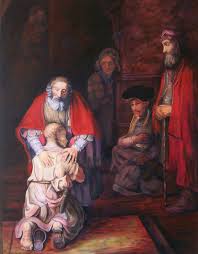WOW! A two day retreat with Dr. Bryan Chapell – that was my privilege a few weeks ago. His content rich teaching left me with desire, hungry to communicate well. The title of this post came from his words referring to Philippians 2:12, ” … work out your own salvation …”
Work out does not mean manufacture; a correct understanding means to form something that already exists. Or in Dr. Chapell’s words, we work out what God has worked in (let the gospel fulfill its purpose).
Six days later, I board a plane for another retreat, this one on writing. Unlike the Dr. Chapell retreat, all these attendees are new friends. My temptation, put on my writing hat, you know, try to look like an author (of a blog) and base my testimony on the outward. After all, I’m starting with a clean slate.
I’ve been there before. What do I want you to believe about me? Even when the slate isn’t clean, there is the temptation to want you to believe who I am by my current circumstance. Like you, I wear many hats.
Mark 14 records Jesus and his trial before the Sanhedrin. He could have put on his Son of God hat. Although accused of many things, when directly asked to defend himself, “But he (Jesus) remained silent …” (verse 61). He did not allow the Sanhedrin to define him by what he did, he did not put on a hat.
But when the high priest queried, “Are you the Christ, the Son of the Blessed?” (verse 61), Jesus replied, “I am”. (verse 62) He claimed his identity.
That was my desire going to the writing retreat, not wanting to be identified by what I do, or what I write, but wanting to claim my identity (cling to the testimony that is already mine) that which will never change!
And in clinging to who I am – who God created me to be – I can also cling to “Delight yourself in the LORD, and he will give you the desires of your heart.” Psalm 37:4
Dr. Chapell shared this story about Rembrandt, one of the most well-known painters and print-makers in Dutch history and European art. Rembrandt often worked with apprentices who would do the first drafts of what became Rembrandt’s paintings. Their drafts were excellent, but with a stroke or two of a brush, Rembrandt made them brilliant.
One of his apprentices asked Rembrandt of the value of their work; after all Rembrandt’s brush created the masterpiece. His response, “I treasure your work and I will use it”.
What do you hear in Rembrandt’s words?
“For by a single offering he has perfected for all time those who are being sanctified.” Hebrews 10:14

